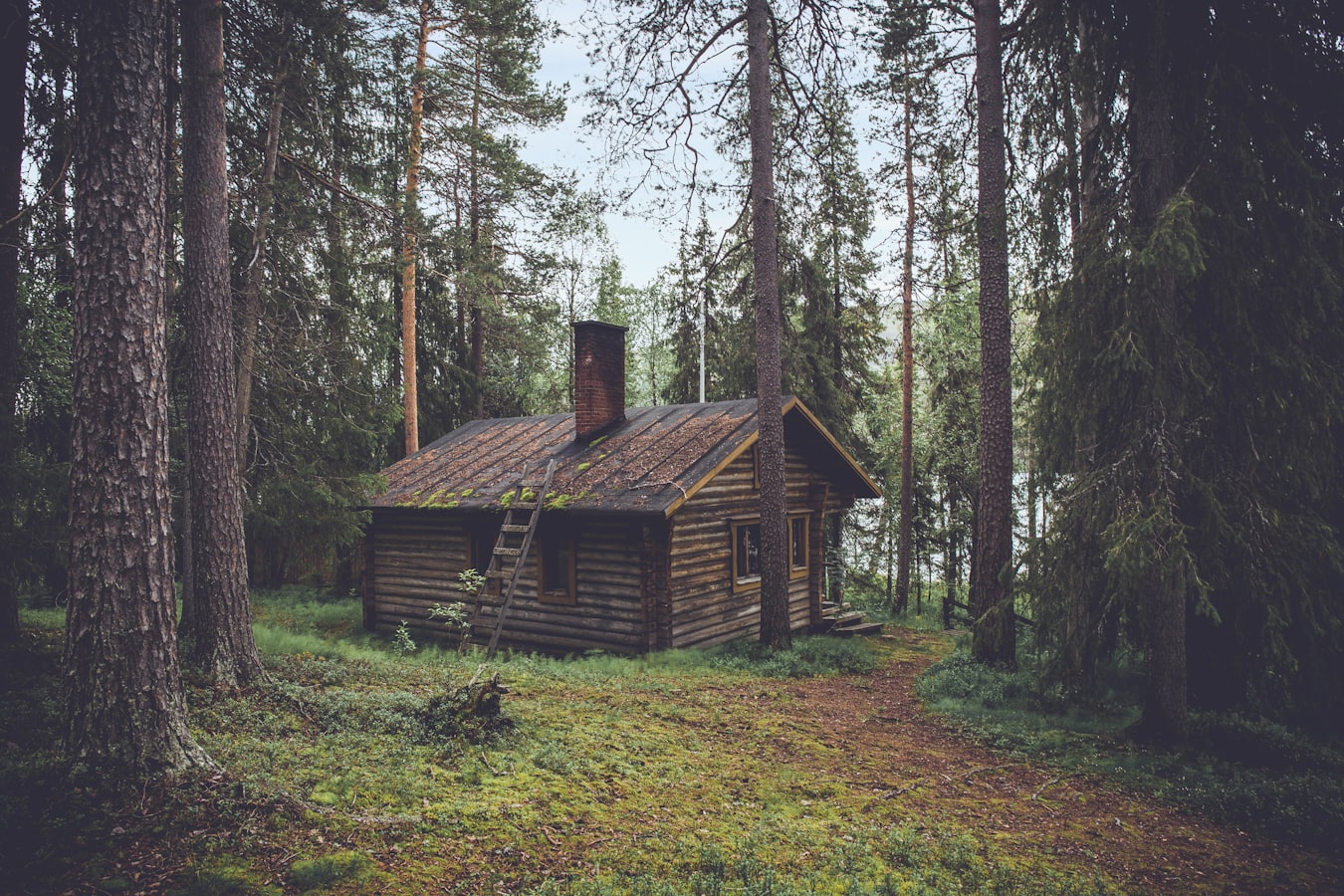River Arts District Spots That Feel Like Home

Art Studios & Galleries
So, if you're wondering where the creative heart of Asheville beats strongest, it's definitely in the RAD's studios and galleries. It's refreshing to see a thriving community of working artists who can still afford to create here in spaces that honor the area's industrial past.
Wedge Studios
This massive former warehouse houses dozens of artists working in everything from painting to jewelry to textiles. What makes it special is how you can wander the halls and actually see artists at work—it's not just a gallery space but a living, breathing creative ecosystem. The building itself has incredible character with mountain light streaming through the windows and an atmosphere that invites real interaction between artists and visitors.
Other creative spaces that have become part of my regular RAD rotation:
- Pink Dog Creative - A colorful complex with a vibrant energy. The mix of studios, galleries, and restaurants creates a microcosm of what makes the RAD special.
- Marquee - This maker space and marketplace showcases smaller-scale artisans in a welcoming, community-oriented environment.
- Cotton Mill Studios - The industrial bones of this former textile mill create a perfect backdrop for contemporary art. The scale of the space allows for installations that wouldn't fit in more traditional galleries.
- Riverview Station - A labyrinth of studios where you can easily spend hours discovering new artists. The community feel here is something special.
- So Stoked Pottery - A queer-owned ceramics studio that offers classes and workspace in a welcoming environment. The community they've built around clay is something truly special.
What makes the RAD's art scene special is the accessibility. Art-making is visible, tangible, and part of the neighborhood's daily rhythm in a way that feels genuinely integrated rather than performative. You can watch artists work, ask questions, and even try your hand at various media through classes and workshops.

Food & Drink
I was initially skeptical about finding great food in what's essentially an industrial area. The RAD quickly proved me wrong with food and drink options that would stand out even in major cities, all with that distinctive RAD character.
Bull & Beggar
Tucked into the Wedge building, it offers sophisticated cuisine that balances refinement with accessibility. Their seafood tower is something special, but the atmosphere is relaxed—you might be sitting next to artists still in their studio clothes rather than a formal crowd. The industrial-chic setting with exposed brick and beams perfectly captures the RAD's aesthetic.
Other culinary spots that have become my RAD favorites:
- All Souls Pizza - Their wood-fired pizzas and commitment to local grains create something truly special. The garden seating area offers a peaceful respite that's rare in urban settings.
- Bottle Riot - A wine bar with an impressive selection, but without any pretension. Their knowledgeable staff makes wine accessible rather than intimidating.
- Baby Bull - The casual offshoot of Bull & Beggar offers sandwiches that have developed a cult following. Their roast beef is particularly noteworthy.
- Grind Coffee - A coffee shop with serious attention to craft, with the added bonus of river views from their patio.
- Ultra Coffeebar - Their attention to craft coffee is impressive, but with a distinctly Asheville laid-back vibe.
What makes the RAD's food scene special is how integrated it feels with the creative environment. Restaurants aren't just places to eat—they're extensions of the neighborhood's artistic identity, with thoughtful design, local art on the walls, and menus that reflect the same creativity you'll find in the studios.

Breweries & Nightlife
You might be surprised by how the RAD has become a destination for beer lovers and nightlife seekers. The industrial spaces provide the perfect backdrop for breweries, and the creative energy spills over into the evening hours.
Wedge Brewing
With two locations in the RAD, Wedge is the neighborhood's brewing pioneer. What makes it special isn't just the excellent beer—it's how the brewery has become a community gathering space. The Foundation location features an outdoor area with food trucks, live music, and movie nights that create a festival atmosphere on summer evenings. It's the kind of place where you'll end up in conversations with strangers who quickly become friends.
Other spots where I've enjoyed RAD evenings:
- New Belgium Brewing - While technically just outside the RAD proper, this riverside brewery has become part of the district's social fabric. Their massive outdoor space hosts events that bring together locals and visitors.
- Pleb Urban Winery - For when you want something other than beer, this urban winery offers locally-made wines in a stylish industrial space.
- Ginger's Revenge - Specializing in alcoholic ginger beer, this unique brewery offers something different from the typical craft beer experience.
- The Grey Eagle - One of Asheville's oldest music venues, hosting everything from indie rock to traditional Appalachian music in an intimate setting.
What makes the RAD's nightlife special is how it balances being a destination while still feeling authentic. These aren't contrived entertainment districts—they're working spaces that transition naturally from day to night, maintaining their creative energy throughout.


